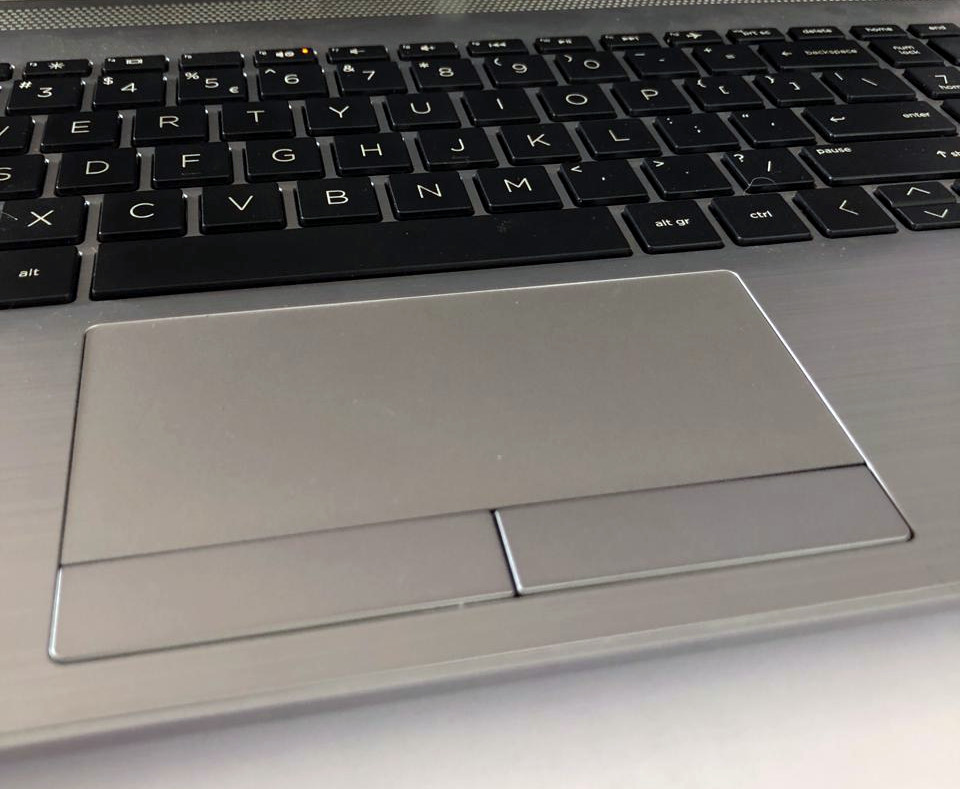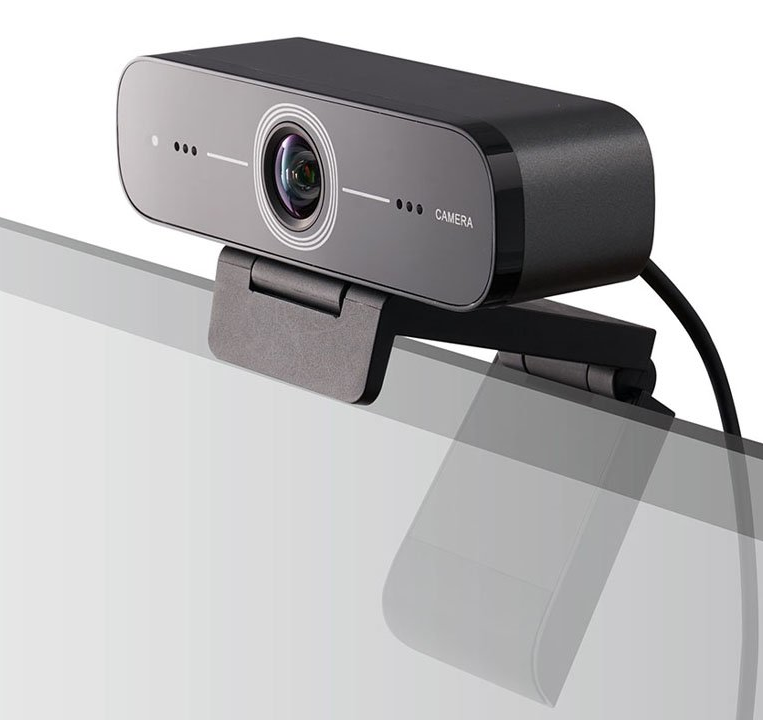The theory component of the Cambridge IGCSE ICT & the DBE CAPS CAT syllabi covers a wide range of hardware input devices. This section fits into the Information Processing Cycle as per the diagram below.


The following input devices are covered:
Required knowledge:
1. Keyboard
While most users reach for their mouse (or other pointing device) as their weapon of choice, the keyboard is the primary input device of power users!
1.1 QWERTY keyboard
See more in the post Keyboards.
1.2 Braille keyboard
![]() Coming soon…
Coming soon…
1.3 Numeric keypads

Smartphones, ATM‘s POS terminals and card payment terminals all have numeric keypads for the quick input of pins, codes and other values that are comprised of digits.
You can of course use a keypad to type where letters are assigned to keys. Pressing a number pad repeatedly gives you access to the letters. If you look carefully at the image of the Nokia 3310 you will see that on the top centre button, along with digit 2, appear the letters abc. If you pressed the 2 button twice in quick succession, your input would be the letter a.
Similarly, pressing and holding down letters on your smartphone touchscreen keyboard provides access to additional letters.
2. Pointing Devices
See the Pointing devices post for information on mice, trackpads, trackballs and touchscreens.




3. Microphone

A microphone is a device that records sound digitally by converting the analogue sound waves into digital data. Microphones are built into all smartphones and most laptops.
Microphones are a crucial element in teleconferencing.
4. Sensors
See the post IoT to learn about the crucial role that sensors play in the Internet of Things.
5. Game controllers

Game controllers offer realistic control over games with features like haptics enhancing the experience.

6. Flatbed scanner
Flatbed scanners are available as standalone units which range from standard units to high-resolution large format scanners. Most PC users and SOHO users will be more than adequately served by the flatbed scanner that comes as part of most multi-function printers.
Read more about flatbed scanners.
7. Biometric

Biometric scanners are used in conjunction with software that uses complex algorithms to record and recognize unique human characteristics such as fingerprints.
8. Digital Camera

Digital cameras range from automatic, point-and-shoot type units to high-end Digital Single Lens Reflex (“DSLR”) cameras.
See the post Digital Cameras for more information.
9. Webcam
Webcams are crucial to teleconferencing. Laptops and even many PC monitors have built-in webcams. Separate webcams can be purchased and connected to devices with the benefit of placing the camera at various angles and positions.


10. Barcode scanner

A barcode is a set of vertical parallel black bars of varying widths printed on a white background with spaces of various widths between them. A barcode scanner can “read” the information encoded in the pattern.
Modern supermarket point-of-sale terminals feature barcode scanners that allow items to be rung up quickly and easily.
Barcode scanners for customers to scan the barcodes on products with no price tags are available in the aisles of most supermarkets.
A handheld USB scanner is relatively inexpensive, making a barcode-based stock-control system, POS system or library book system simple and cost-effective to implement.
11. RFID scanner
Radio Frequency Identification (“RFID”) chips can be “scanned” using RFID antennae. The chip is encoded with data that the antennae can then read when the chip passes within the range of the antennae. See more in the post RFID.


References:
- Wikimedia Contributors. (2024) Trackball. Available at: https://en.wikipedia.org/wiki/Trackball. (Accessed: 5 March 2024).
